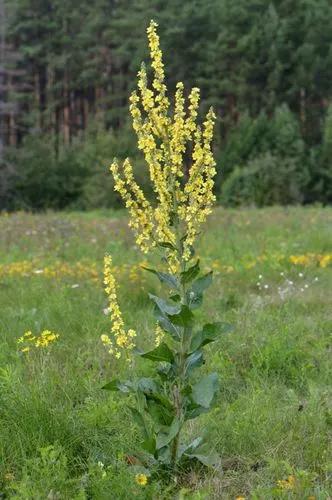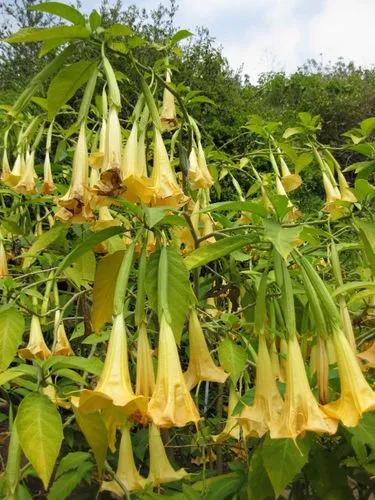The chenlille plant (Acalypha hispida), a member of the spurge family, is named for the French word for caterpillar. Its crimson accents can provide textural interest to a sunny flower garden or a homegrown bouquet. The genus acalypha is one of the members of the Euphorbiaceae family, which is a treasure trove of ornamental plants for the flower gardener; think poinsettia, croton, and castor bean, among others.The foliage of the chenille plant is unremarkable; the real stars are its fuzzy red flowers. The anatomy of the flower itself is just a row of pistils, but the fuzzy catkins formed from the flowers provide visual and tactile enjoyment for all ages. The catkins can look like plump fuzz balls, eventually turning downright pendulous, with lengths of 18 inches not unheard of. Outside of tropical zones, chenille plants are commonly grown in containers that can be brought indoors for winter. They can also be grown year-round as houseplants. They are perennial in zones 9 and 10, where they are best planted in spring.
Red Cats Tail Care
Acalypha Hispida



How to Care for the Plant

Water

Keep your plants consistently moist as they establish. Maintain moderate moisture throughout the season.

Pruning

Like many fast growers, the chenille plant can get ahead of itself and start to look straggly as the summer progresses. The faded brown tassels look unsightly. Cut the plant back to 12 inches. You will be rewarded with double the flowers on a compact, multi-branched plant. A chenille plant can be everblooming, provided you give it the warmth, light, and nutrients it requires.

Fertilizer

As a fast-growing plant, the chenille plant needs regular fertilizing to support its flowering and development. The standard every other week feeding that supports most showy annuals is not enough: feed your chenille plant a half-strength balanced flower fertilizer every week for the best results. If the plant starts to develop yellow leaves, supplement the fertilizer with a shovelful of manure that you cultivate into the soil.

Sunlight

Chenille plants grow best in full sun to partial shade. Outdoors, plant chenille in full sun for vigorous growth. As a houseplant, place it in a south-facing window where it will get a high level of light.

Soil

You can plant chenille plants in a range of soils, including sand, clay, and loam, but this flower isn’t suited to xeriscapes or seaside gardens, as it is only moderately drought-resistant and is not salt-tolerant. Chenille plants can adapt to a range of soil pH values between 5.0 and 7.5.

Temperature

A chenille plant doesn’t try to deny its tropical origins, and it will pout in temperatures below 60 degrees Fahrenheit. A good way to decide when to plant your chenille plant is to follow your tomato schedule, and plant your chenille plants outdoors when the weather is favorable for growing tomatoes.

Popularity

1,196 people already have this plant 238 people have added this plant to their wishlists
Discover more plants with the list below
Popular articles






